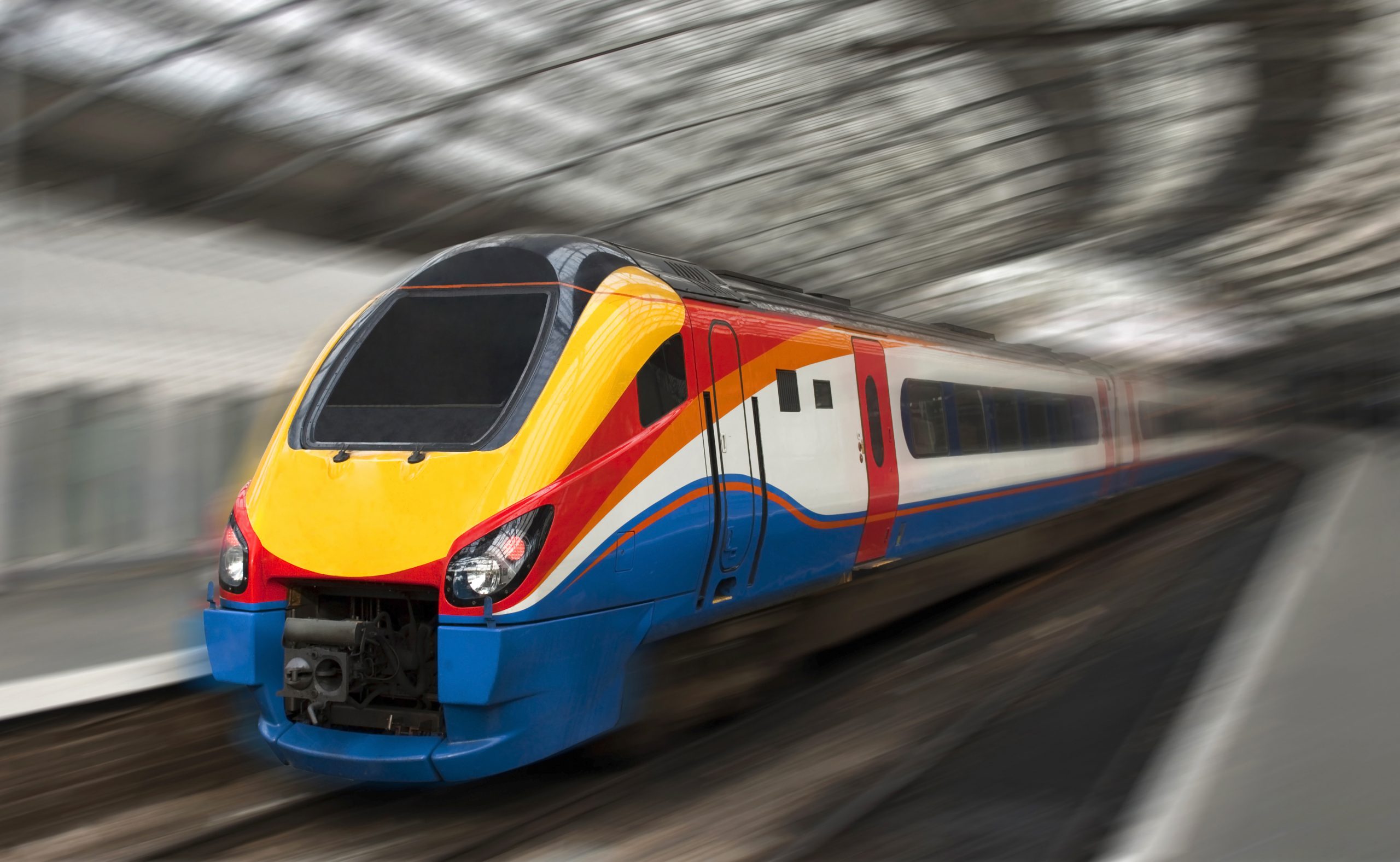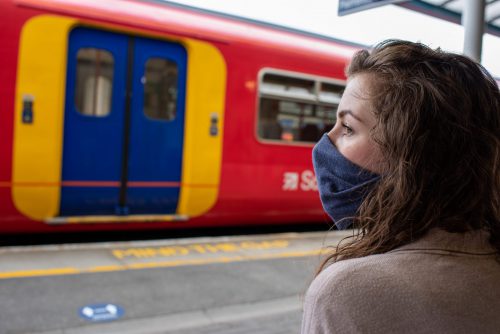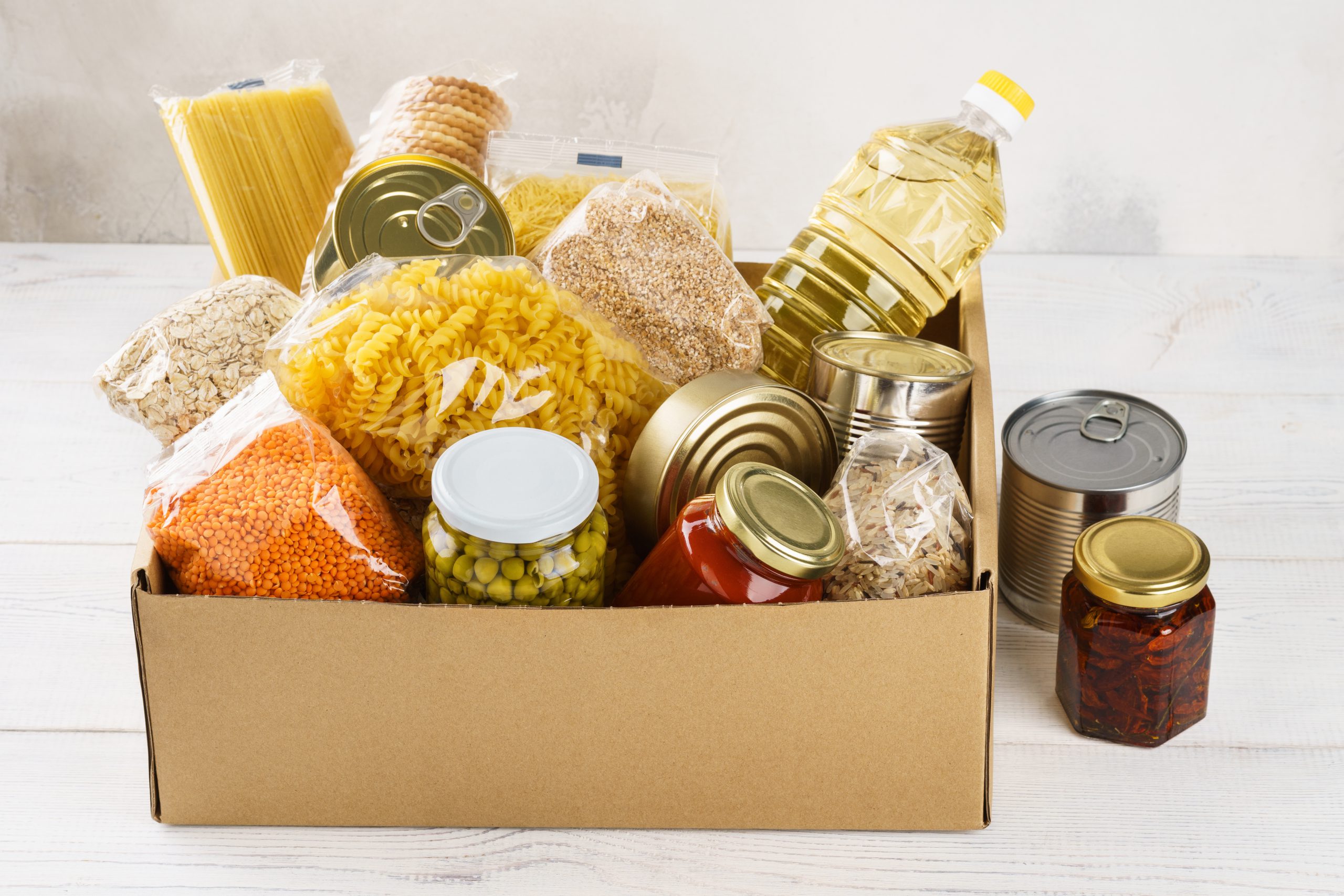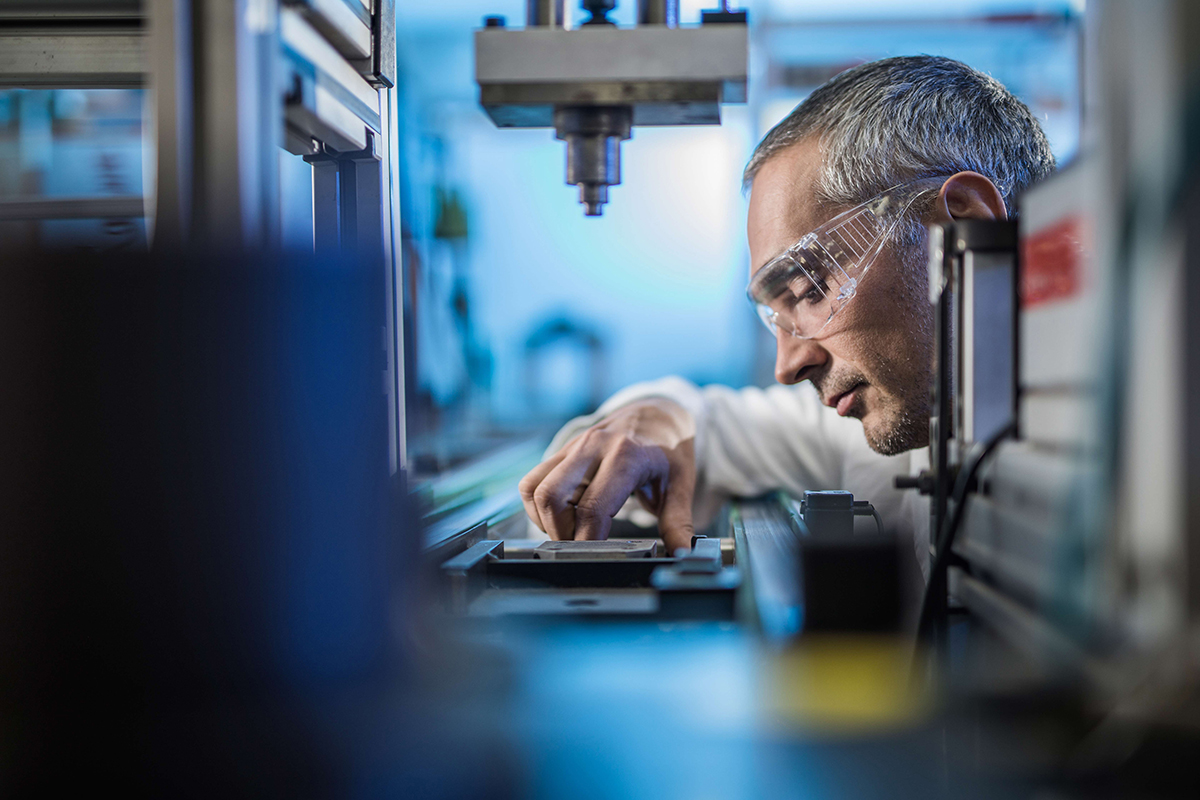Risk of Covid-19 transmission in rail

The rail industry has been working hard to increase safety precautions and restore passenger confidence in public transport. KTN has advised rail operators on how transmission risk might be managed and understood in a carriage, in a station and throughout the national rail network.
KTN and its partners in the Virtual Forum for Knowledge Exchange in the Mathematical Sciences (V-KEMS) provided insight to rail operators on how transmission risk might be managed and understood in a carriage, in a station and on the rail network nationally.
Passenger use of the UK’s rail network fell as low as 4% in late April 2020 (as compared with an equivalent day in 2019). To restore public confidence, it is vital to develop methods that can quantify the risk of transmission on a train in numerous operating circumstances. KTN and its partners in the Virtual Forum for Knowledge Exchange in the Mathematical Sciences (V-KEMS) provided insight to rail operators on how transmission risk might be managed and understood in a carriage, in a station, and on the rail network nationally.
""Passenger use of the UK’s rail network fell as low as 4% in late April 2020 (as compared with an equivalent day in 2019). The rail industry has been working hard to put plans into place to attract passengers back to rail following the end of lockdown periods; to instill confidence in the public, it is vital to develop methods that can quantify the risk of transmission on a train in numerous operating circumstances. The industry looks to develop long-term resilience as we transition towards Great British Railways, and it is crucial that we focus on innovation and collaboration which benefits and safeguards the rail industry and staff roles, meets passenger needs, re-engages customers (and new markets) as well as boosting economic recovery through infrastructure development and beyond. To meet the UK’s net-zero targets and mitigate the impacts of climate change, re-engaging with passengers is vital, as is ensuring all members of the UK’s communities can access rail.""
Daisy Chapman-Chamberlain, Rail KTM, KTN
The mathematical sciences can provide the tools for understanding ‘what if’ scenarios for challenges such as disease transmission. They are particularly useful for tackling problems that cover many scales; from carriage disease dynamics to network level implications. In January 2021, Virtual Forum for Knowledge Exchange in the Mathematical Sciences (V-KEMS) which includes KTN, the Isaac Newton Institute, the International Centre for Mathematical Sciences and the Newton Gateway to Mathematics, convened a group of around mathematical scientists, and rail industry experts to discuss and create workable solutions to challenges around:

Modelling Covid-19 transmission risk in a carriage
- What can we learn from different levels of modelling complexity when considering the airflow in a carriage?
- What is the value of low-fidelity models?
Modelling Covid-19 transmission risk at station ‘choke points’ on a journey
- Can we model how different loading strategies affect the risk of transmission when crowding occurs at train doors when boarding?
- How might we estimate the viral load associated with queuing as passengers alight from a carriage?
Are there network-level decisions that could be modeled?
- How might network models be used to investigate where additional trains might be required to deal with unusual demand?

"“Considering the part of the challenge which considers the movement of air - and therefore potential virus - computational fluid dynamics (CFD) is used. To represent the fluid dynamics in a real carriage, one must take into account ventilation systems, passenger breathing and the huge variety of different carriage configurations and geometries. This is a computationally difficult task. Whilst highly accurate CFD modelling can be carried out, these simulations can take a significant time to run so there is potentially scope for lower fidelity models based on simplified models of airflow to allow a wider range of carriage geometries to be investigated in a reasonable time.”"
Professor William Lee, University of Huddersfield & Virtual workshop study group leader for this research
Outcomes
Following the Virtual Study Group, the University of Bath was successful in obtaining follow-up funding from the International Centre for Mathematical Sciences for ‘Knowledge Exchange Post Event Delivery Support’. This further developed the work undertaken with industry partners, specifically looking at how to model the questions of loading and alighting transmission risk on trains. PhD student Oluwatosin Babasola presented some of this work at the prestigious Heidelberg Laureate Forum on the 20th of September 2021.
A PDF of the VKEMS train poster used in the presentation can be could found by clicking here.
V-KEMS will be running more sessions to support business recovery from the effects of the pandemic. If you are interested in the insights generated through this work or would be interested in participating in a future session (either as a problem owner or a solution provider), please do get in touch and contact Matt Butchers who is the Industrial Mathematics KTM and Daisy Chapman-Chamberlain who is the Rail KTM. Also, please explore the research and development that the KTN Industrial Mathematics team and KTN Rail team have completed.
Click here to learn more about V-KEMS, follow V-KEMS on Twitter and please contact our Industrial Mathematics expert, Matt Butchers to discuss working together to apply advanced mathematics and solve complex systems within your organisation.
Related Content
Related Opportunities
KTN-iX challenge: Industrial Decarbonisation Solutions
Opens: 06/07/2021 Closes: 30/09/2021
EQUANS, part of the ENGIE Group, is looking for SME’s with innovative industrial decarbonisation solutions who are interested in corporate strategic investment. Through this iX challenge, EQUANS is looking for disruptive tools that will support the end to end process from identifying, appraising a
More Information
Global cooperation feasibility studies for SMEs
Opens: 09/08/2021 Closes: 03/09/2021
The aim of this competition is to increase the international engagement of innovative UK registered SMEs. It will support them in looking to establish or strengthen international research and innovation partnerships and networks and aid them to grow and scale up.
More Information
Horizon Europe Work Programme 2021-2022: Civil Security for Society - Cluster 3
Opens: 09/08/2021 Closes: 23/11/2022
Horizon Europe has a wide variety of open calls for civil security for society, with closing dates in September, October or November 2021, or February or November 2022. Some of these also include security, cyber security, AI, and/or infrastructure.



